When you’re shooting a commercial with a small crew or sometimes just yourself, you don’t always have the luxury of big lighting trucks and a team of grips. And honestly? You don’t need it to create professional, polished work. In this behind-the-scenes look Westcott videographer Jacob Schoonover shows how he tackled a commercial shoot for a local business using constant lights, portable light modifiers, and a flexible mindset to capture great footage with a minimal setup.
Whether you’re a solo shooter, working with a skeleton crew, or want to be more efficient on set, this breakdown will give you practical lighting tips you can use on your next shoot.
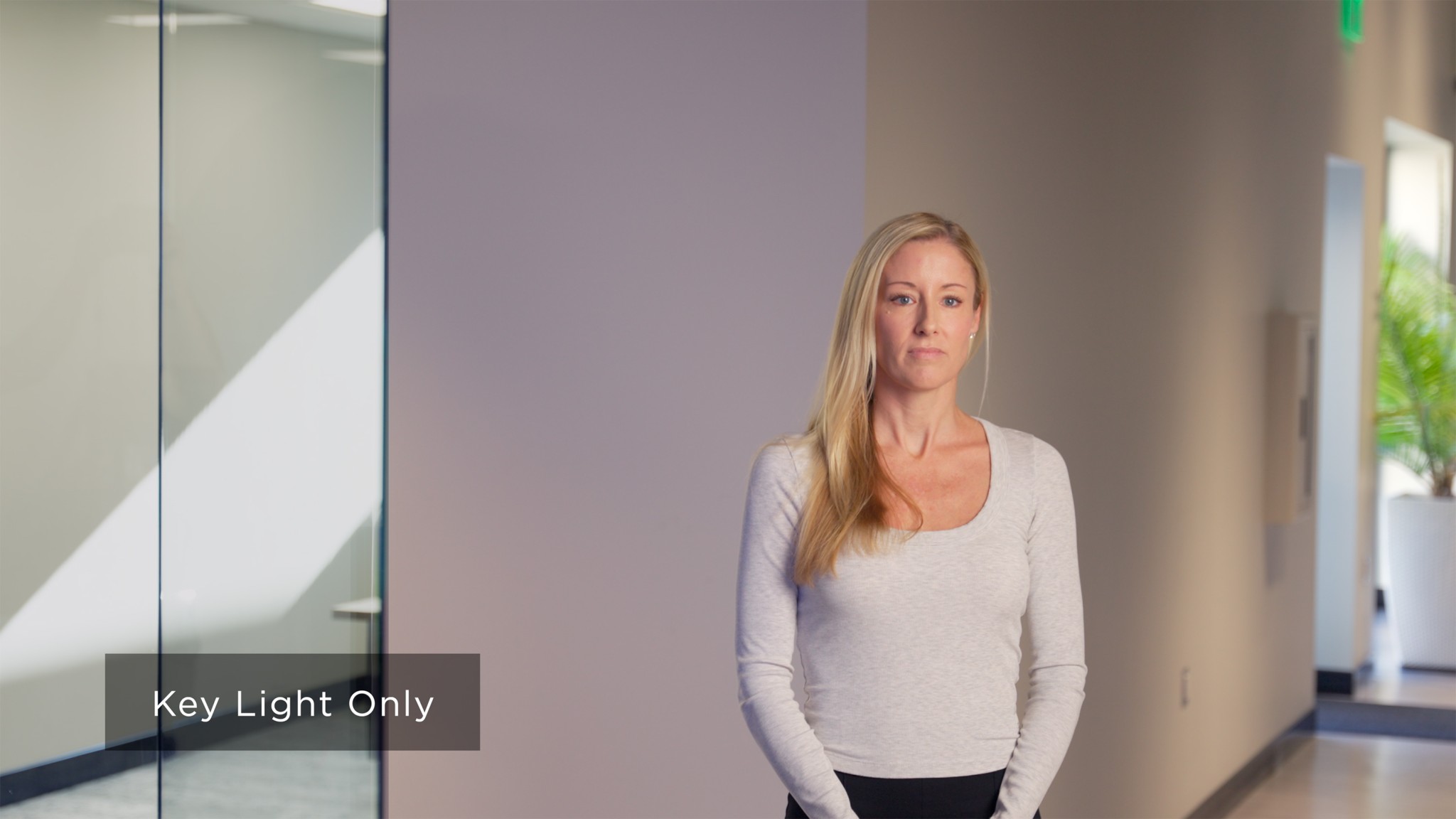
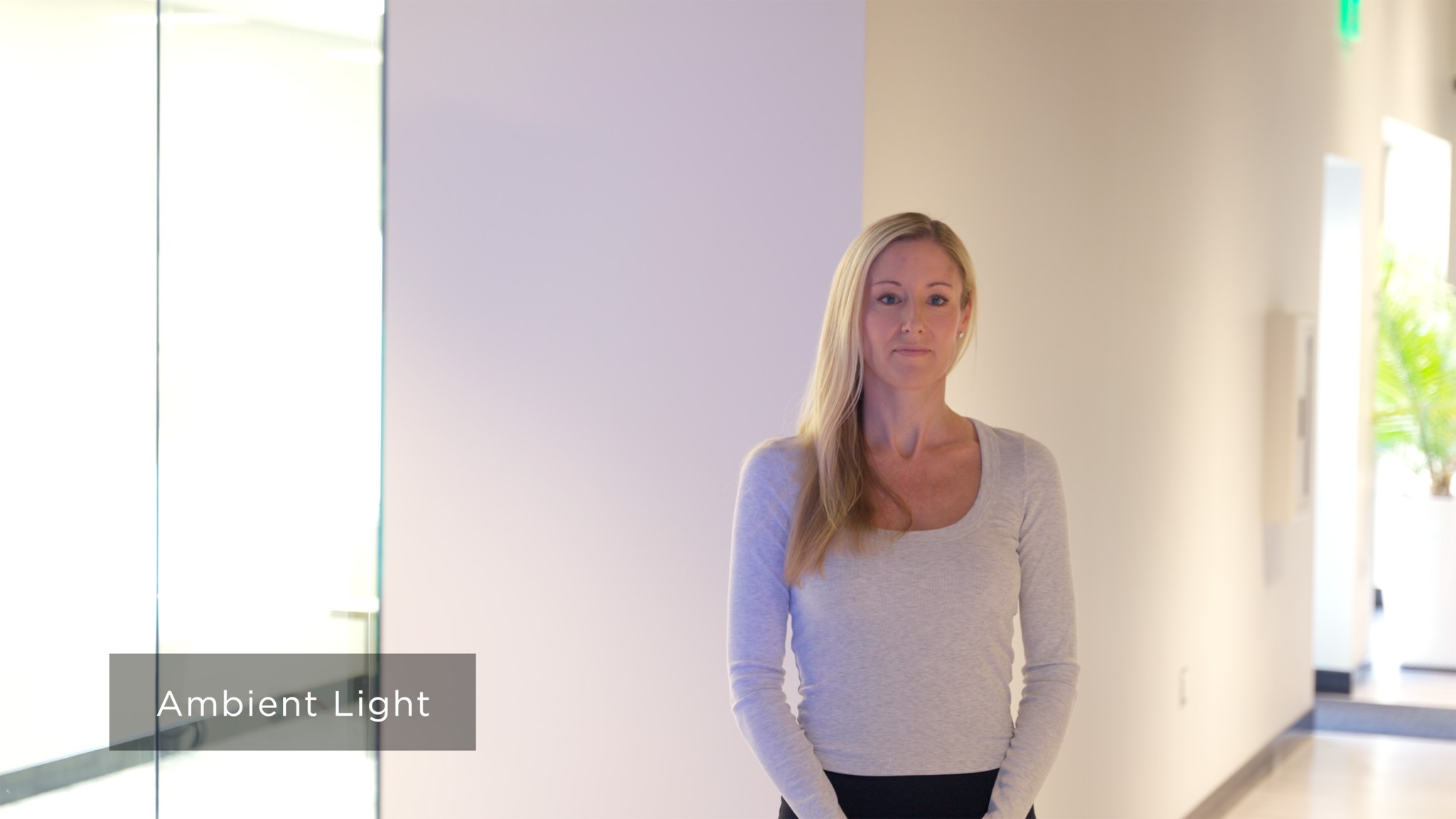

Shooting the Interview Setup
Natural Light, Key Light, and Background Separation
The day started with filming interviews at Laibe Electric’s office. One of the biggest advantages of a real-world location is that sometimes the space gives you free lighting help. Jacob noticed a beautiful beam of natural sunlight pouring through a window. For a short interview, he knew it was okay to let that sunlight play a role in the background, especially since it would only be a few minutes of recording, minimizing the risk of the light shifting and causing continuity issues.
But just because the natural light looked good doesn’t mean it was enough by itself. To properly light the subject, Jacob set up a Rapid Box Switch 2×3 softbox fitted with a grid on a Westcott L120-B LED light as the key light. The grid helped focus the light onto the subject, keeping it from spilling onto the background and maintaining good contrast.
For extra separation, he added a Rapid Box Switch 1×3 with another L120-B to the side as a hair light, also with a grid to keep things clean. The final result was a beautifully lit interview with great background depth and a natural feel, all without fighting the sunlight.

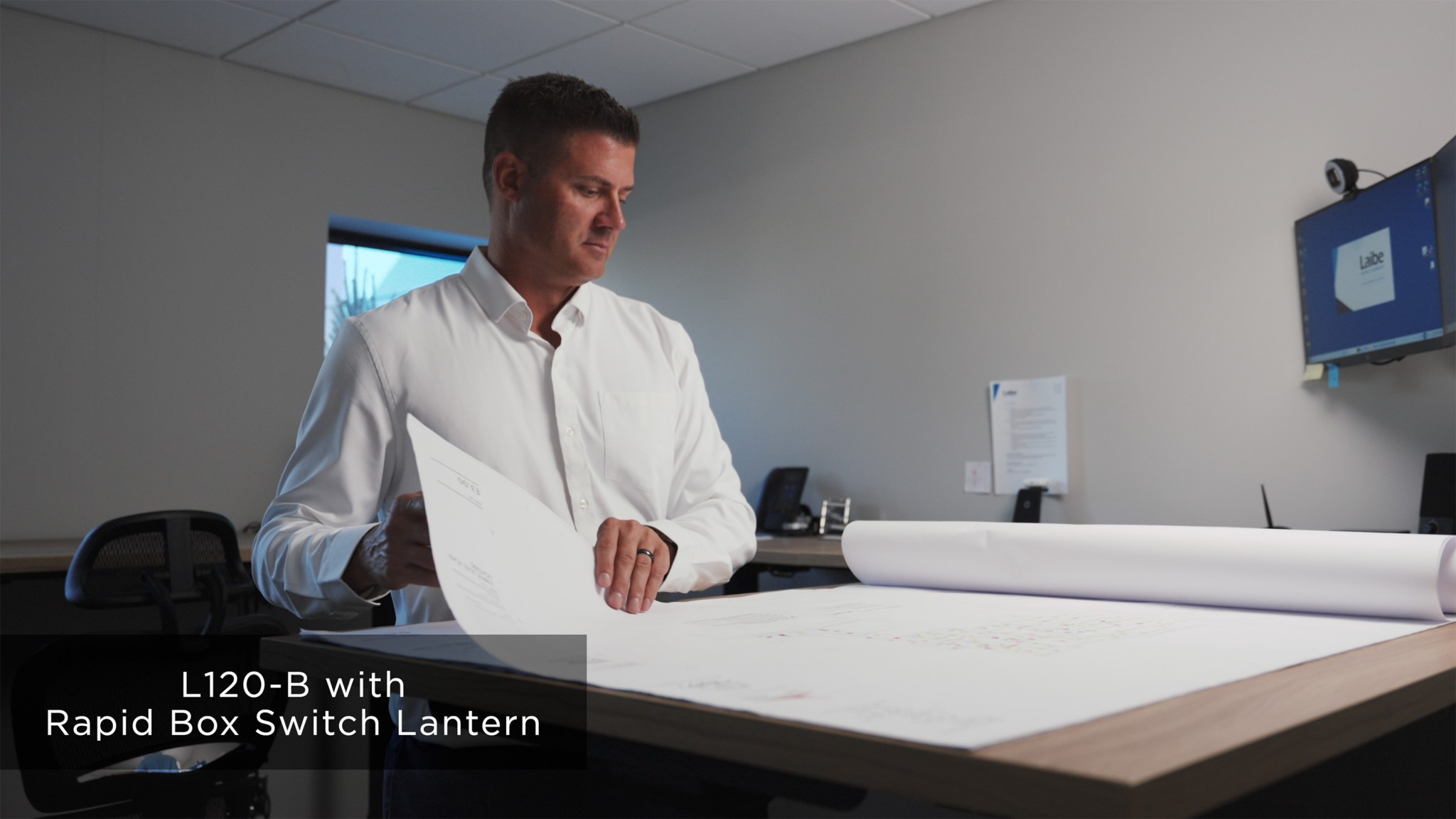
Capturing Office B-Roll
Soft, Even Lighting and Mixing Color Temperatures
After the interviews, it was time to capture some b-roll around the office, like people working, walking down hallways, and all the small details that help tell the story of a business.
For these shots, Jacob’s go-to setup was simple but powerful. A L120-B paired with a Rapid Box Switch Lantern. The lantern modifier spreads light in all directions, creating a soft, even glow, almost like carrying around your own portable lampshade.
Pro Tip: When mixing your light with existing window light, especially cooler daylight tones, set your white balance carefully. In this case, Jacob warmed up the L120-B to around 4700K, which gave a nice natural contrast between the warm subjects and the cooler background light coming through the windows. That color mix made the shots feel dynamic without looking overly lit or artificial.
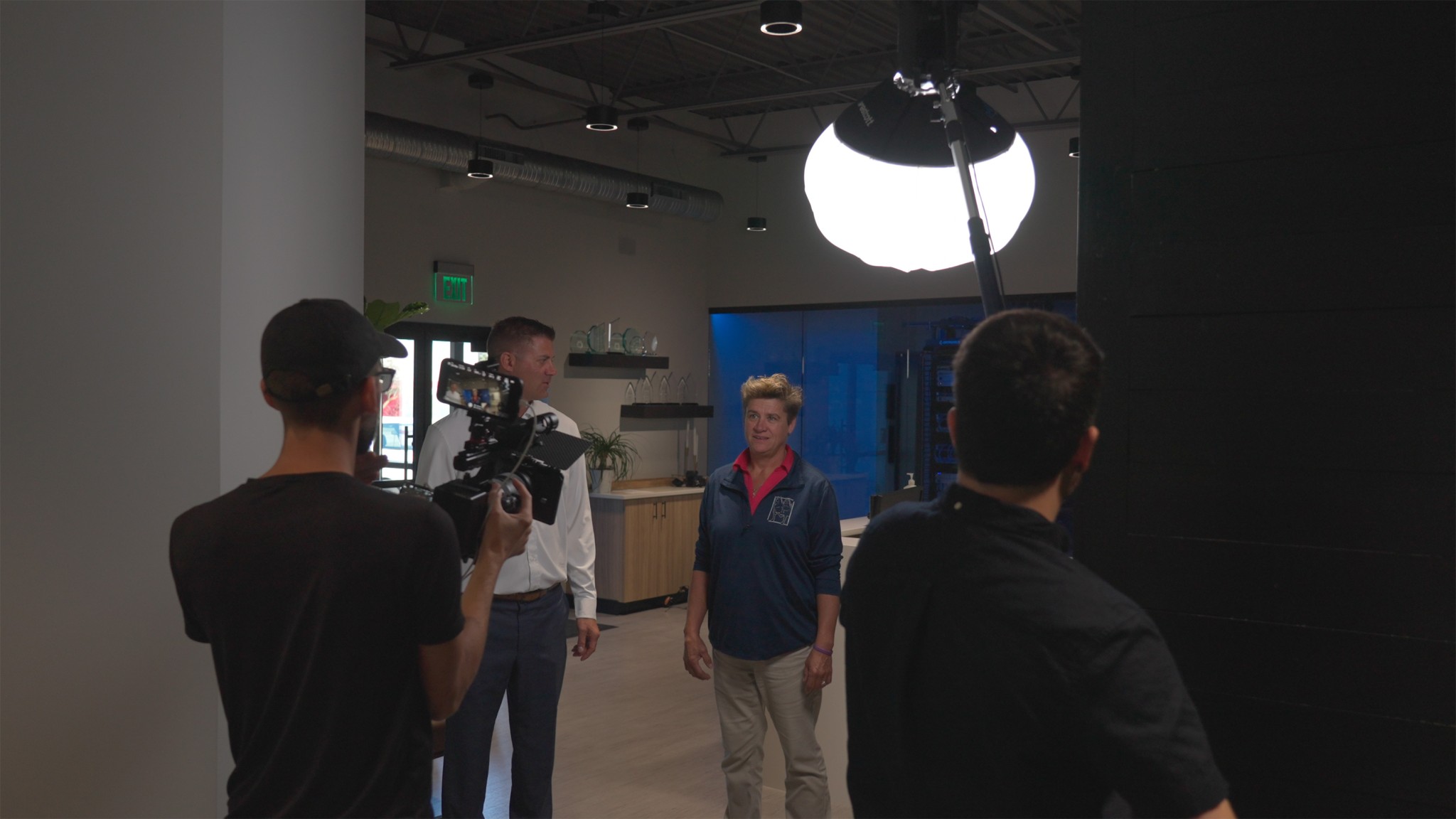
Walking Shots
Portable Lighting for Mobility
One major challenge when filming walking shots indoors is the often-unflattering overhead lighting. Overhead fluorescent lights can cast harsh shadows and create inconsistent lighting as you move through a space.
Jacob’s solution was simple and effective. He mounted the L120-B with the lantern modifier onto a paint pole, rigged it with a V-mount battery for power, and had an assistant walk along with the talent holding the light. This setup meant consistent, soft lighting on the subjects’ faces as they moved through the hallway, without having to rely on ceiling lights or worry about plugging anything in.
Pro Tip: When filming walking shots, keeping your key light above eye level, not overhead, makes a huge difference in keeping the footage flattering and consistent.
On-Site Filming
Bouncing Light for Natural, Wide Coverage
At the second location, a construction site, Jacob had to light workers installing electrical components. In tight, unfinished spaces, traditional softboxes aren’t always an option.
Here, he switched things up and went with the L120-B and included metal reflector. Instead of aiming the light directly at subjects, he bounced it off nearby white walls and ceilings to create a big, soft source.
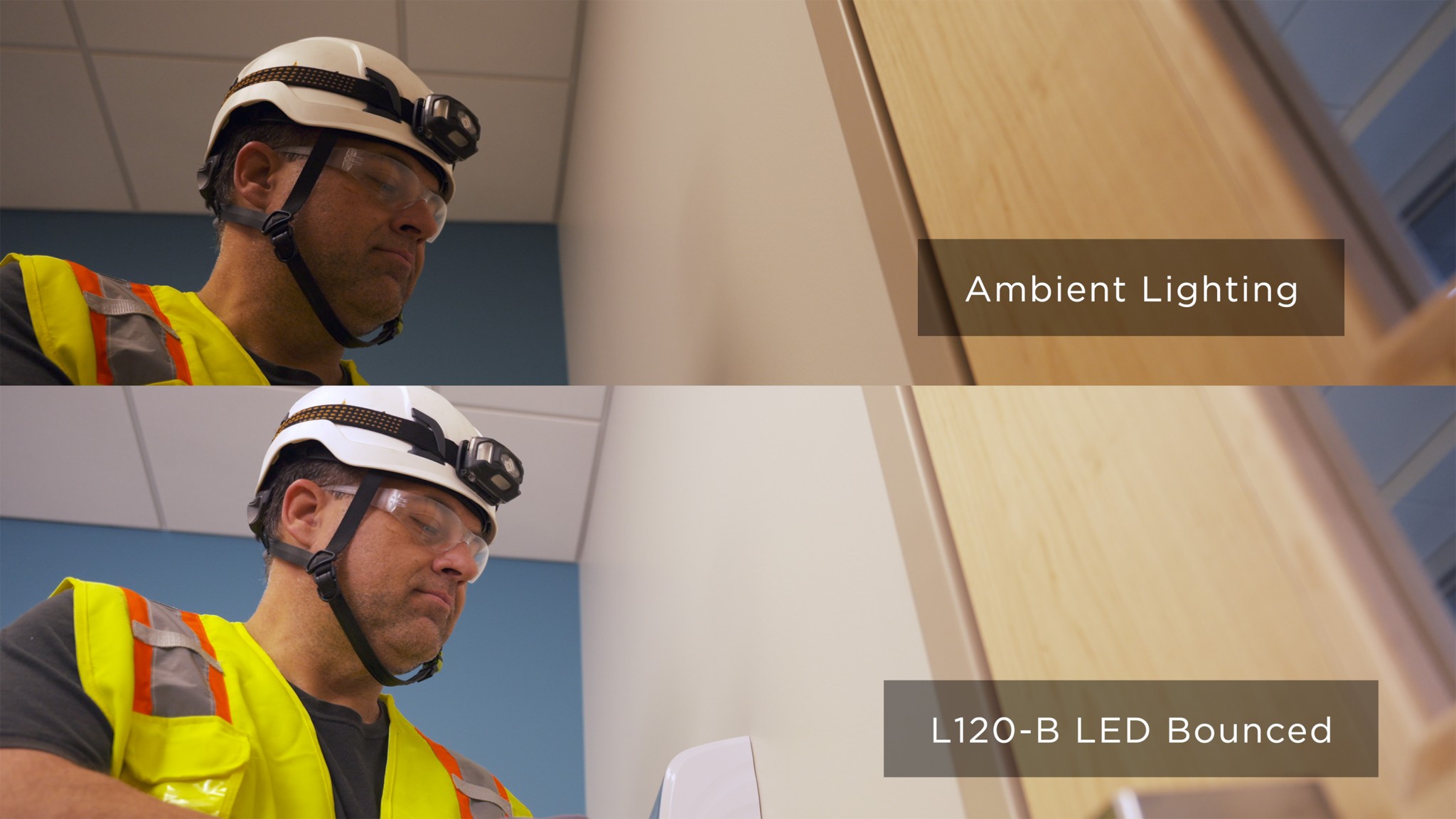
Two important things to remember when bouncing light:
- Color matters. Always bounce off white or neutral surfaces if you want clean, accurate skin tones. Bouncing off colored walls can tint your light and create color correction headaches later.
- Control is limited. Bounced light spills everywhere. It’s great for soft, natural looks, but not ideal if you want hard shadows or a dramatic mood.
Thanks to the L120-B’s battery-powered setup, Jacob could easily move the light between areas without dragging cords across a construction zone, keeping things safe and efficient.
Final Takeaway
Flexibility is Everything
At the end of the day, Jacob’s biggest piece of advice is simple: stay flexible. You never know exactly what you’ll face when you show up on location. Maybe the office lights look bad, maybe a window has perfect natural light, or maybe the site you’re filming at doesn’t even have power.
Having lightweight, battery-operated lights like the L120-B LED, combined with a few versatile modifiers like the Rapid Box Switch Softboxes and Lantern, gave him the ability to adapt on the fly and capture great-looking footage without a big setup.
As Jacob says, being ready to adjust is one of the most important parts of working professionally. And with the right tools, it’s a lot easier than you might think.
Want to learn more about lighting for video?
Check out Master Light Control: A Guide to Using Scrims on Set to see how Jacob creatively uses scrims to shape and control light on set.











You must be logged in to post a comment.